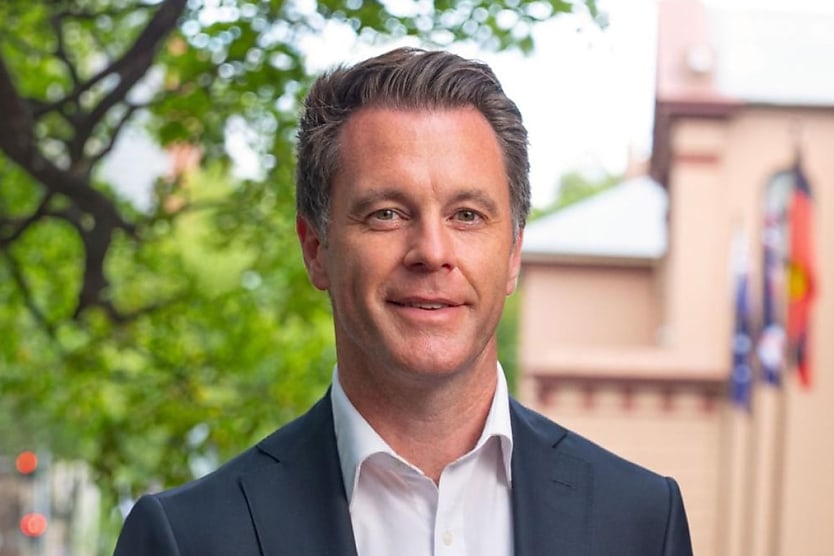
With NSW Premier Chris Minns making the recent announcement that all public servants in the state will be returning to the office, it opens up a serious risk in the sector’s ability to recruit talent who prioritise their work/life balance.
NSW Premier Chris Minns recently called upon all public servants in the state to return to the office (RTO). It was a decision that was met with a very mixed reception, with a number of workers disagreeing with the decision while experts pondered over the risks.
HR Leader recently spoke to Aaron McEwan, vice president of research and advisory in the Gartner HR practice, about this decision and the potential ramifications it could have on the public sector moving forward.
McEwan believes that an RTO can oftentimes have a huge impact on the ability to foster a diverse workforce.
“When we force people to come back into the office, that has a direct and an indirect impact on underrepresented talent. That’s often women, it’s carers, it’s people with disabilities, it’s Indigenous talent. We know that for a lot of culturally diverse aspects of the workforce, they may live further from the office, they’re more reliant on things like public transport, etc.,” McEwan said.
“So, this kind of focus on forcing people back to the office through mandates is impacting under-represented talent, and therefore, it’s impacting on the diversity that we see in the organisation.”
The public sector itself is in a pressured position to improve the volatile economy, and therefore, a rise in productivity for their workers is expected. The correlation between working in an office and achieving peak productivity and uplifting the business in an office location is an assumption that is often made, yet McEwan disagrees with this notion.
“So understandably, the public sector, being one of the largest employers, is also under pressure from industry to kind of fix the flagging economies in central business districts. So, when you think about a decision like that, it’s more motivated by this, I believe, incorrect assumption that bringing people back to the office is somehow going to inject money into the economies around the central business districts,” McEwan said.
“Now, first of all, I don’t think it’s the responsibility of employees to fix the flagging economic situation of small businesses that operate in the central business district. The second point I’d make is that, yes, we do know that the central business district economy has been impacted by remote work, but so too has the kind of suburban economy. It’s been positively impacted.”
“So it’s short-sighted. And I think one of the things we know about the public sector is that historically it has struggled to compete for talent with the private sector.”
With the public sector particularly, recruitment can oftentimes be a more strenuous task than their private sector counterparts, which sometimes have the resources to offer more lucrative perks and remuneration packages to incentivise talent. Therefore, cutting out flexibility from their recruitment strategy could seriously affect their ability to recruit.
“[The] private sector tends to pay more; there’s more perks. And so, one of the ways in which the public sector has historically competed for talent is by offering more flexibility and arguably a better work/life balance. You have to remember that the private sector companies, they’re not under the same pressure to feel responsible for the CBD economy. So, they’re going to be looking at these decisions, you would hope, more objectively around what’s best for that organisation, what’s best for that workforce, what’s best for its shareholders,” McEwan said.
“Now, that’s not to say that there isn’t a small minority of private sector organisations that are focused on office mandates, but I think that’s for a whole bunch of different reasons.”
This all leads to what McEwan claims is a risk going forward for the public sector.
“It actually represents what I think is quite a significant risk to the public sector’s ability to compete for top talent, particularly top female talent, particularly underrepresented talent. I think it’s a big risk that they’re taking,” McEwan said.
RELATED TERMS
The practice of actively seeking, locating, and employing people for a certain position or career in a corporation is known as recruitment.









